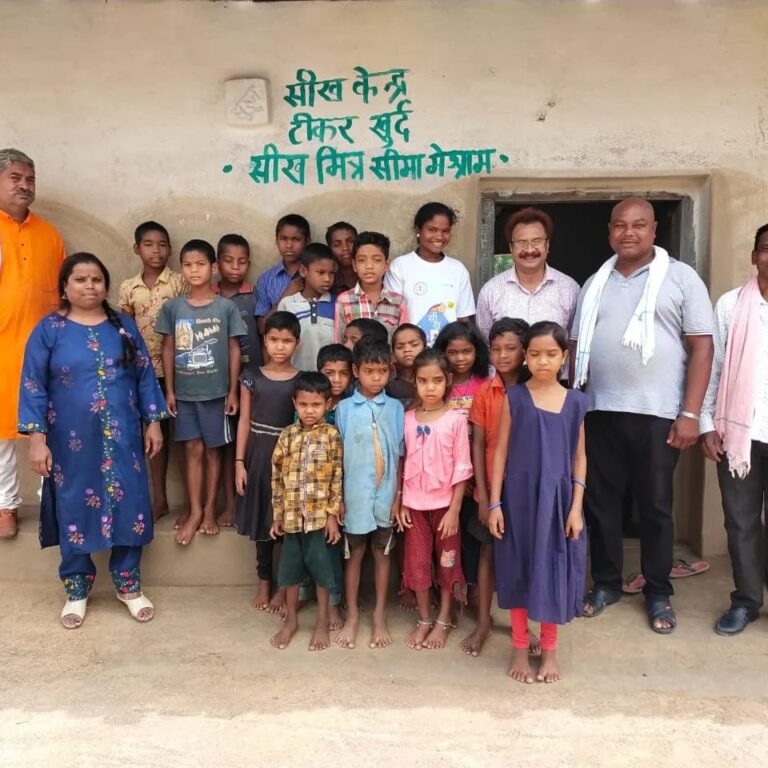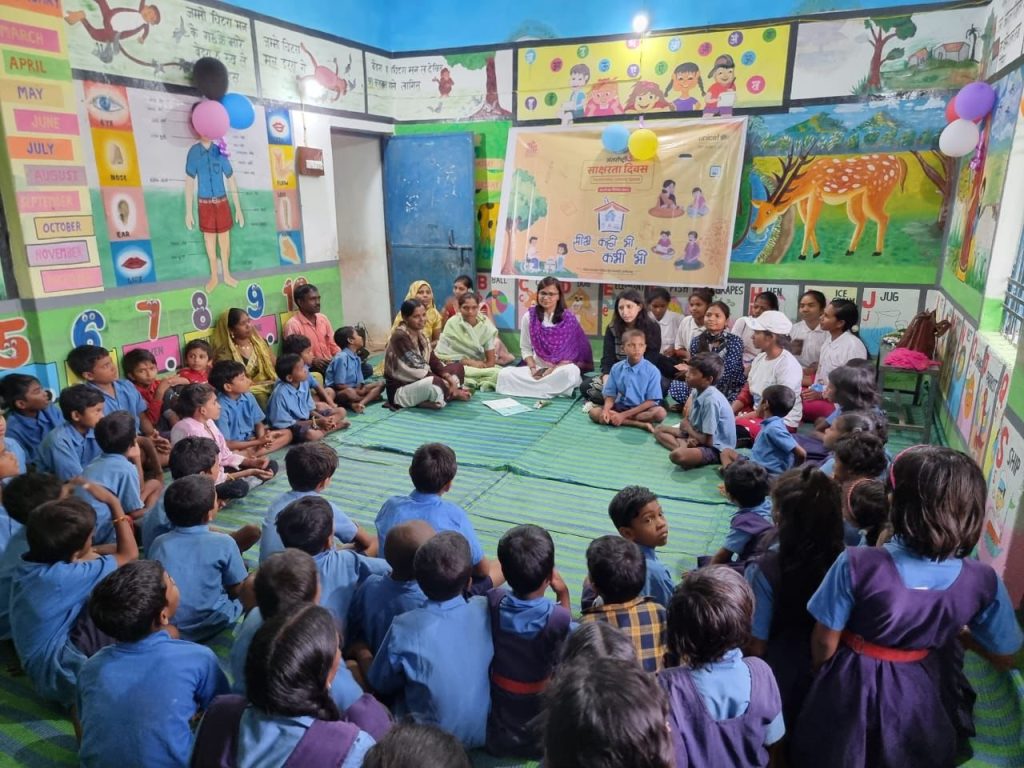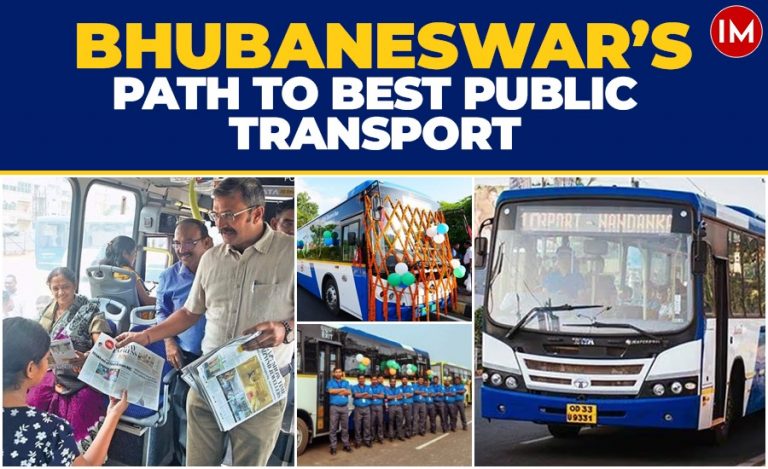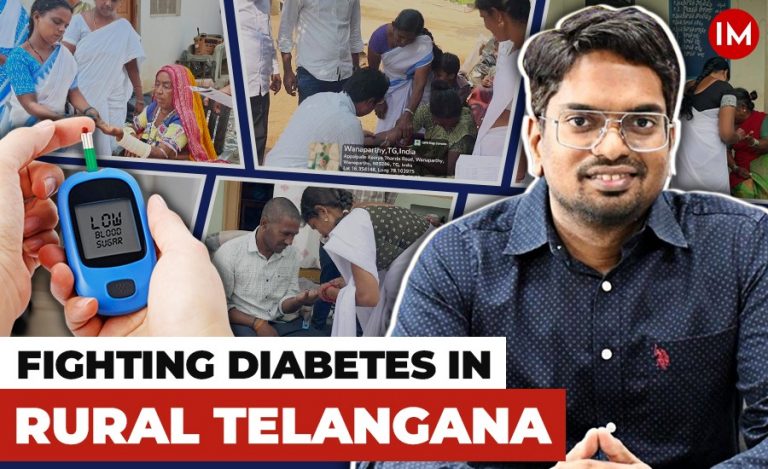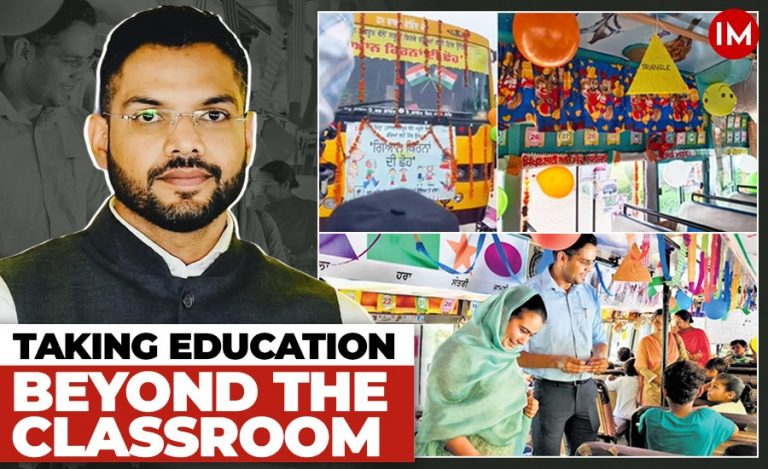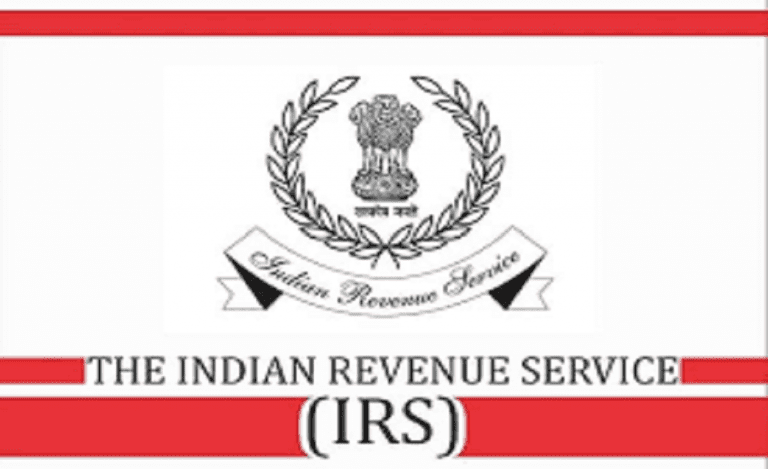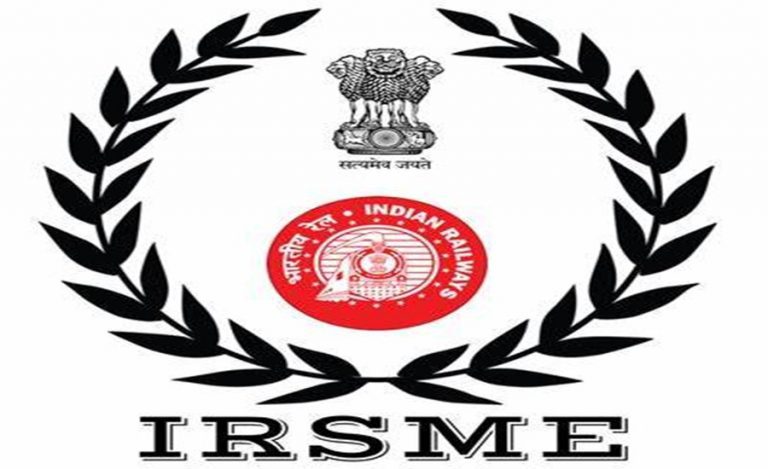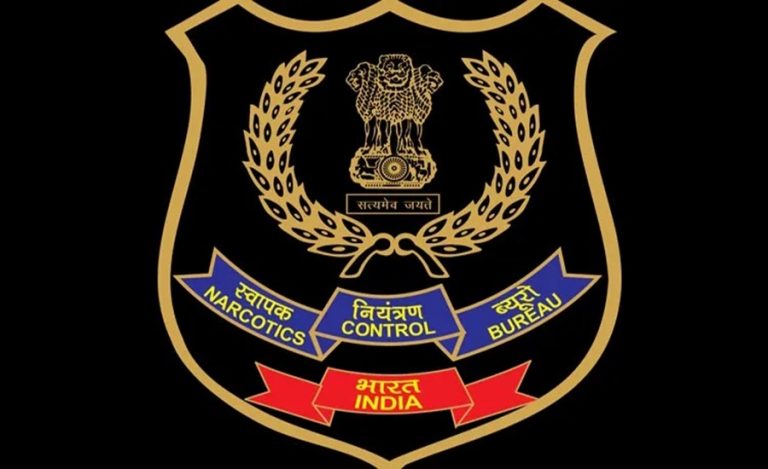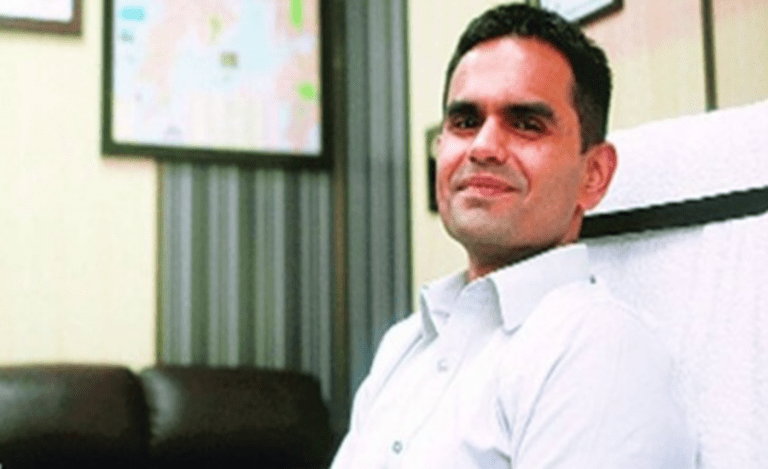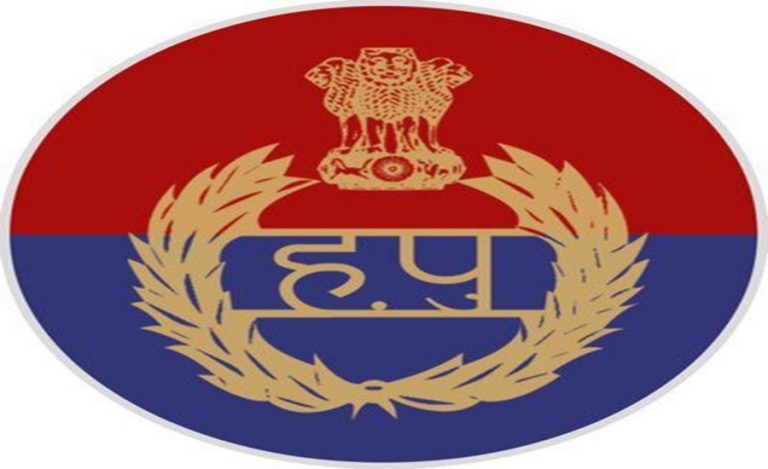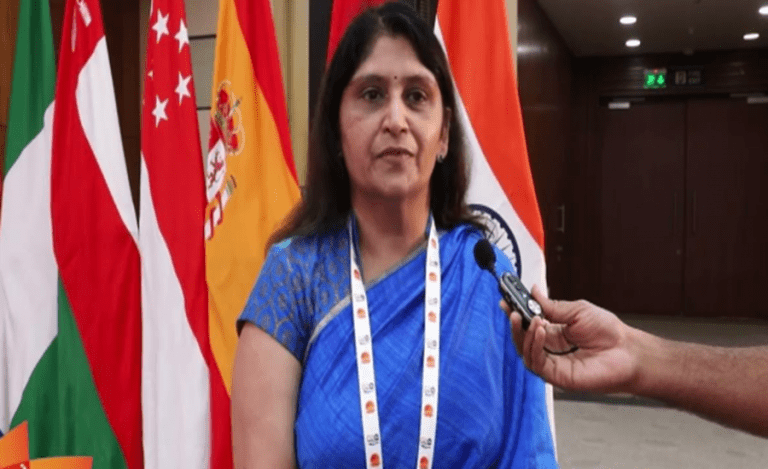The Covid pandemic and resultant lockdowns saw the studying pattern changing drastically for school going children. Sitting at home and switching to online classes brought in new problems like indiscipline, lack of focus, disinterest in studies, etc. This happened everywhere and all parents started worrying for their children’s education, and about how to get them back on the right track.
In such times, the ‘Seekh’ initiative came to the rescue of parents and children alike in the newly created Gaurela-Pendra-Marwahi (GPM) district of Chhattisgarh. After its launch, the education of children did not suffer much in the second wave of Covid and the district could hold up an ideal model for education for others to emulate. The district administration and UNICEF together started the Seekh initiative, in which children were taught with the involvement of the community and special attention was given to their learning abilities.
The good thing is, the initiative that started in April 2021 continues even today. It was initiated during the tenure of IAS officer Namrata Gandhi, the former DM of GPM District, and it has been continued by current DM, Richa Prakash Choudhary, a 2014-batch IAS officer. Indian Masterminds interacted with Ms. Choudhary, DM of GPM district, to know about the initiative in detail.
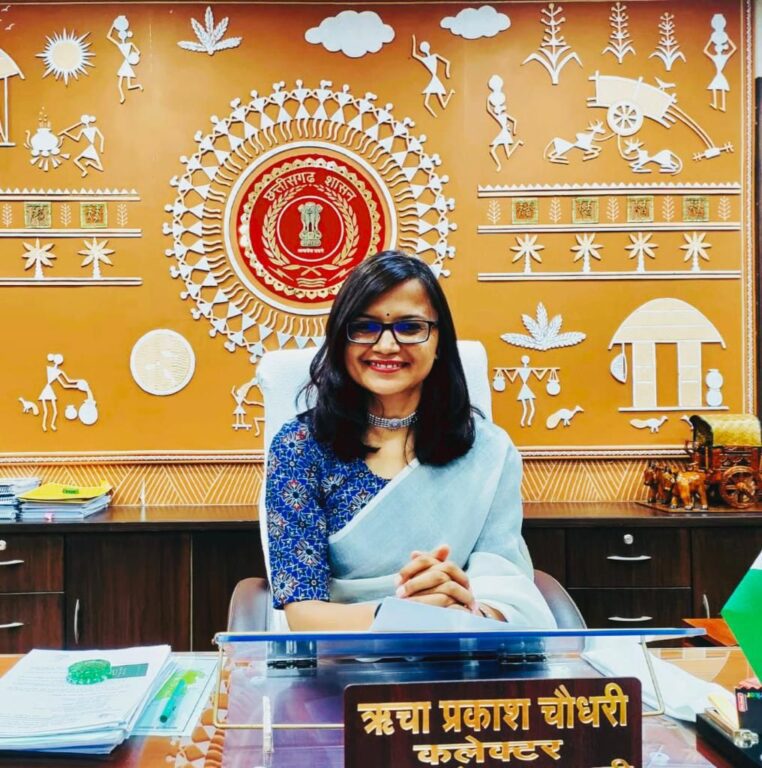
SEEKH CENTERS
Ms. Choudhary said that to stop the learning loss of children during the Covid time, this scheme was started by the then collector. Its purpose was to involve the community and continue the education of the children. Volunteers were identified at the mohalla and village level and given basic training, and weekly videos and online material were given by Unicef, so that they could easily teach the children. The children continued to get primary level education, especially in language and mathematics. For this, a community centre was made in every panchayat, which was called a learning centre, where children could sit and study. Also, if the need arose, volunteers visited the homes of the children to help them in their studies. The parents of the children were made aware that they should create a study corner in their homes.
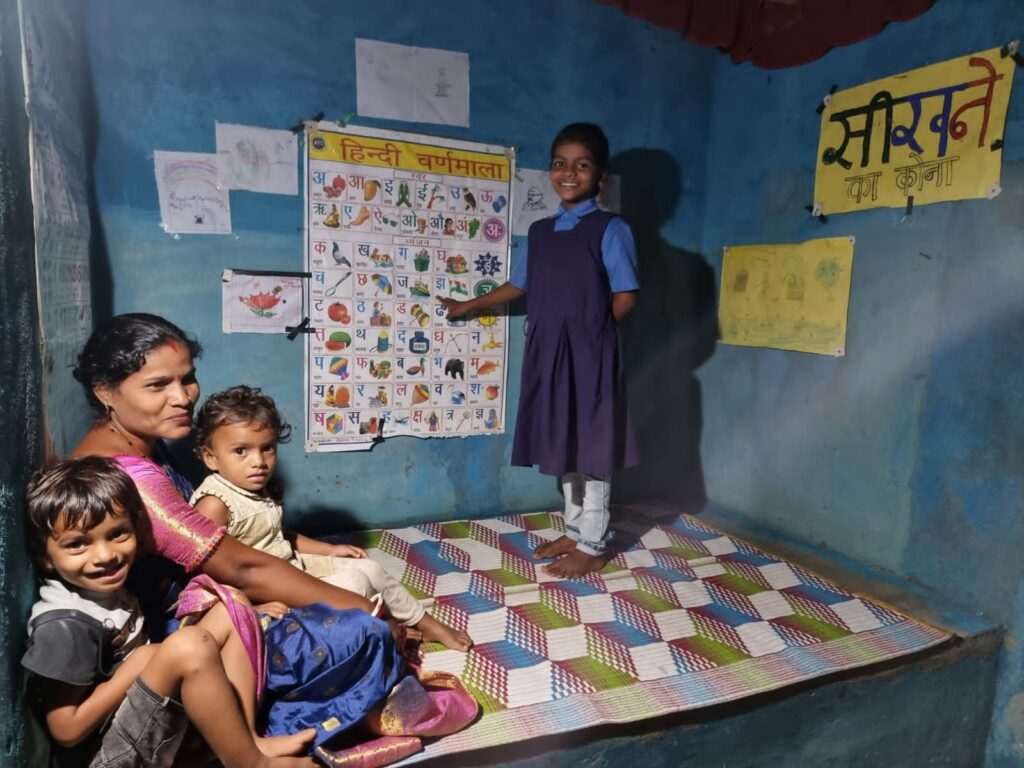
“Our volunteers were all 12th pass students, who coordinated with the teachers and taught the children. Even after the schools opened, this initiative was continued and new many things were added to it. The community centres that we had built are now being developed as community libraries. After school, children go to these libraries and study,” she said.
FAMILY INVOLVEMENT
Talking about the main features of the initiative, the officer said that a special feature was that the children’s families were also involved in it.
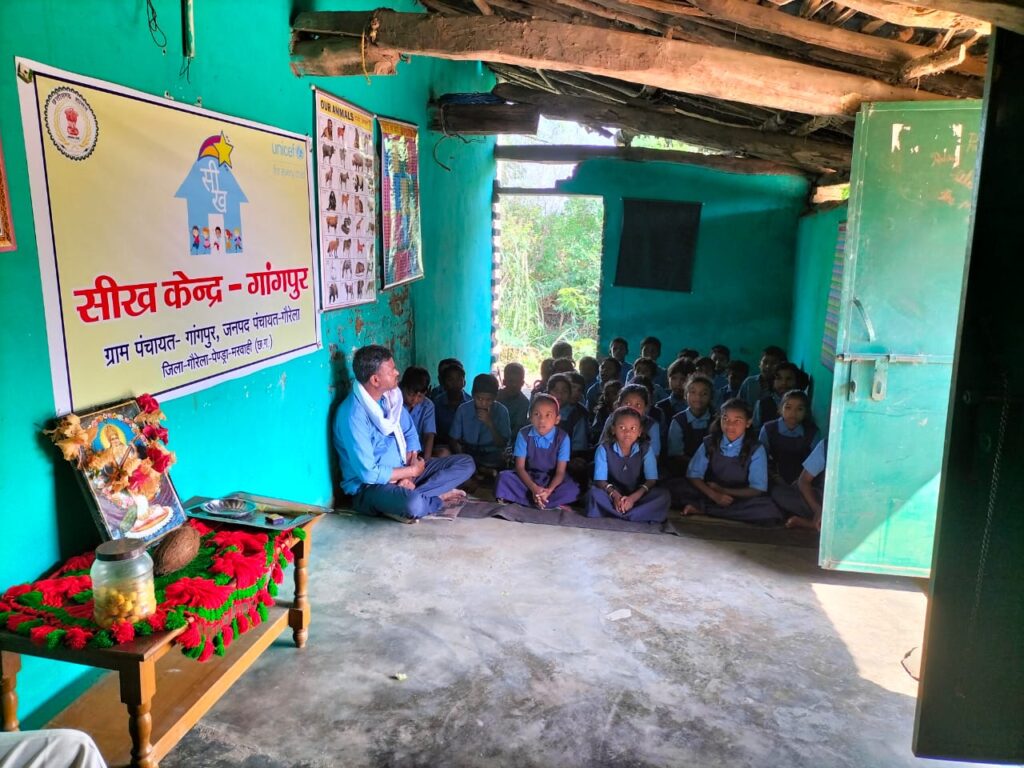
“It is often seen in rural areas that the involvement of parents is less in the education of children. So to increase their involvement, we took the initiative. A small study centre was built for the children in their homes if space was available. Also, children are taught activities, which they can do with their parents. Children can take a book from the community library and read it at home with the help of guardians. The aim was to continue the learning phase outside the school – at home, in the community, etc.”

VOLUNTEERS PLAY A VITAL ROLE
The most important role in this initiative is of the volunteers, who are called Seekh Mitra. Around 600 seekh mitra are working in this initiative voluntarily right now. Priority is given to intermediate pass outs, who are going to college. They are given basic training by Unicef, whatsapp group has been created where Unicef’s coordinators send videos to them three times a week. The seekh mitrasthen teach children through them.
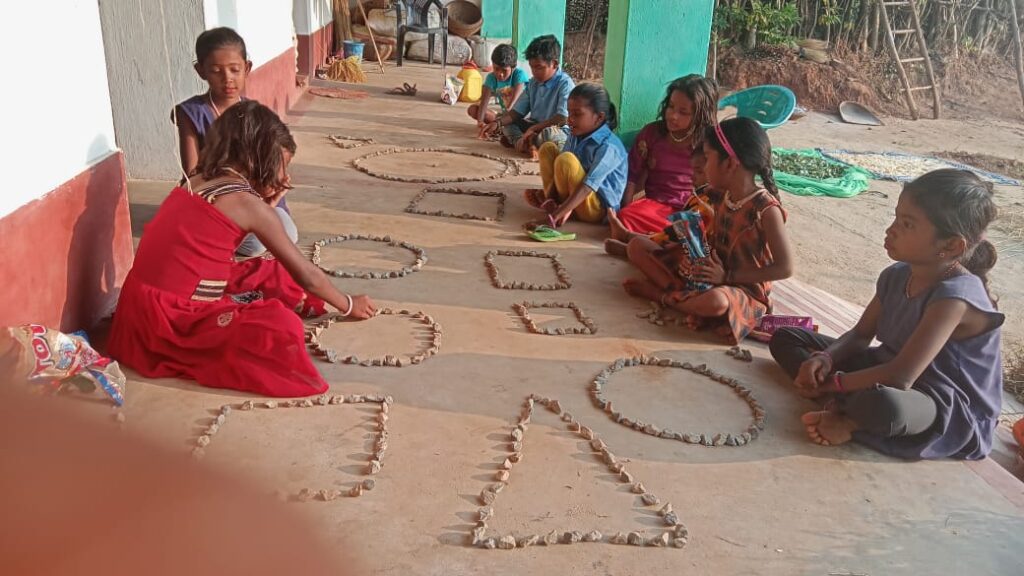
BOOK DONATION
Another important role was played by the book donation campaign. “In this, we had sought cooperation from the entire community. Everyone was told that a community library would be made in every panchayat, so everyone should donate according to their wish. Last year, about Rs. 1 lakh 30 thousand were collected. Then the books were bought and sent to all the panchayats. The libraries are built in many places in the houses of seekh mitras. In many places, someone has given a room, while in others, community buildings have been used,” Ms. Choudhary said.
